| Title | Cape Krusenstern |
| Park Code | cakr |
| Description | A bridge to the past and a land for the future, Cape Krusenstern National Monument protects approximately 560,000 acres of diverse Arctic coastal, and upland ecosystems. Inhabited by the Iñupiaq people since time-immemorial, over 5,000 years of s... |
| Location | |
| Contact | |
| Activities |
|
| Entrance fees |
|
| Campgrounds | Count: 0
|
| Places | Count: 10
Angelica at Western Arctic National ParklandsAngelica is a beautiful plant, but it hides both great medicinal qualities and a deadly secret. 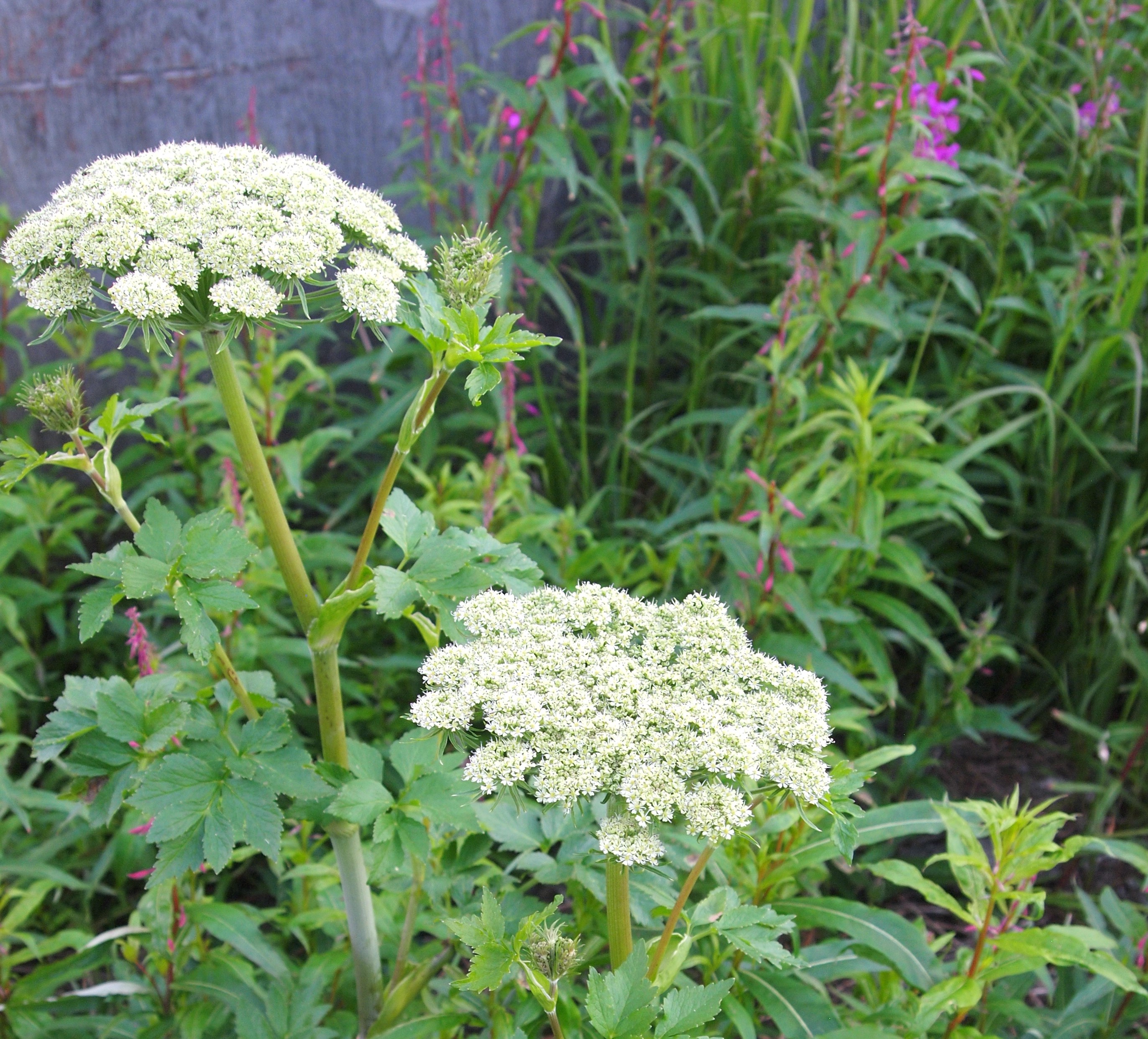
Battle Rock at Cape KrusensternBattle Rock has an oral history stretching back thousands of years. 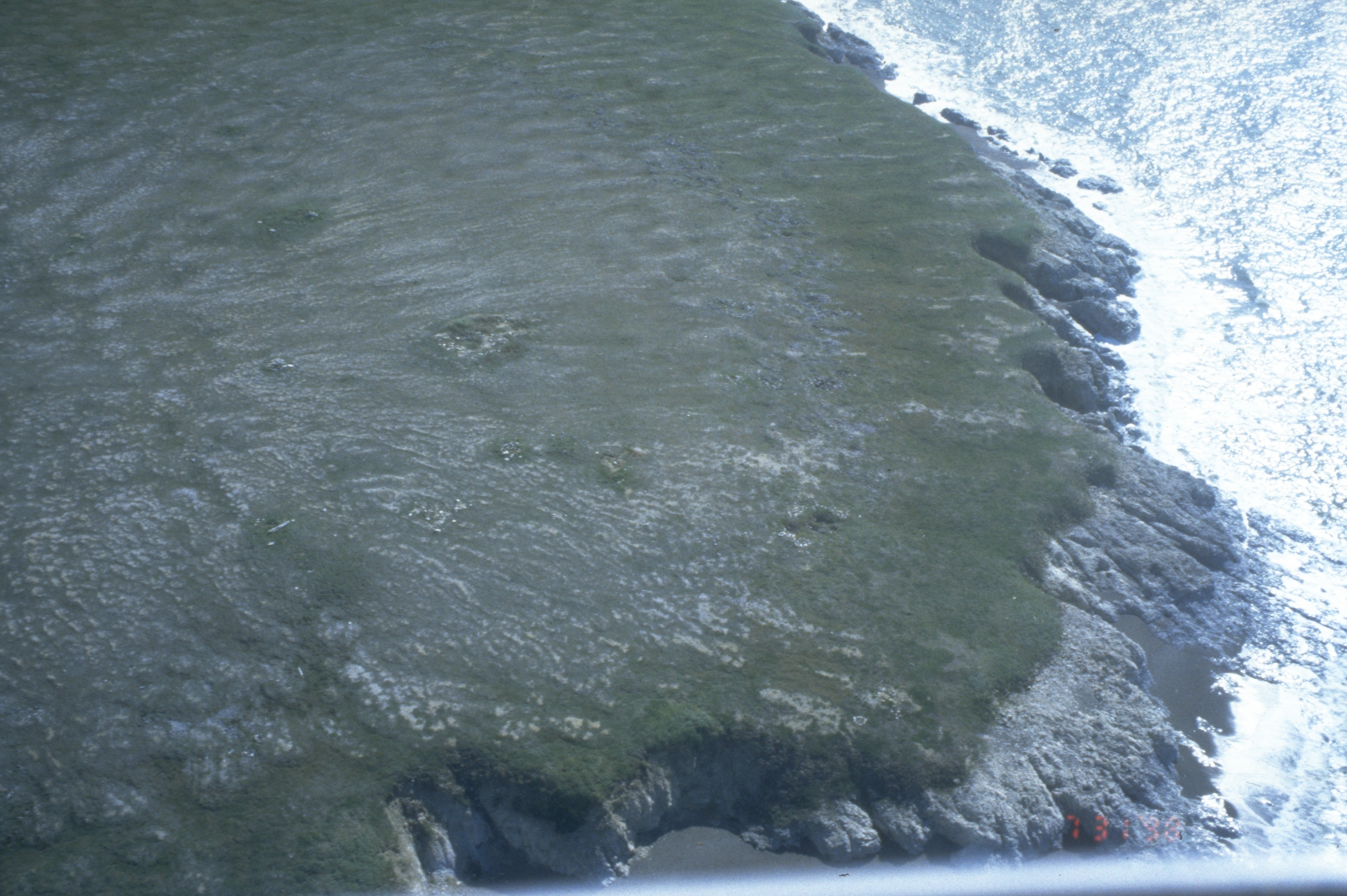
Cape Krusenstern National Historic LandmarkCape Krusenstern Archaeological District is one of the oldest continuously occupied areas in Alaska. Sites like these along the northwestern and northern coast, are where whales, seals, walrus, and caribou have made it possible for people to live in the arctic. 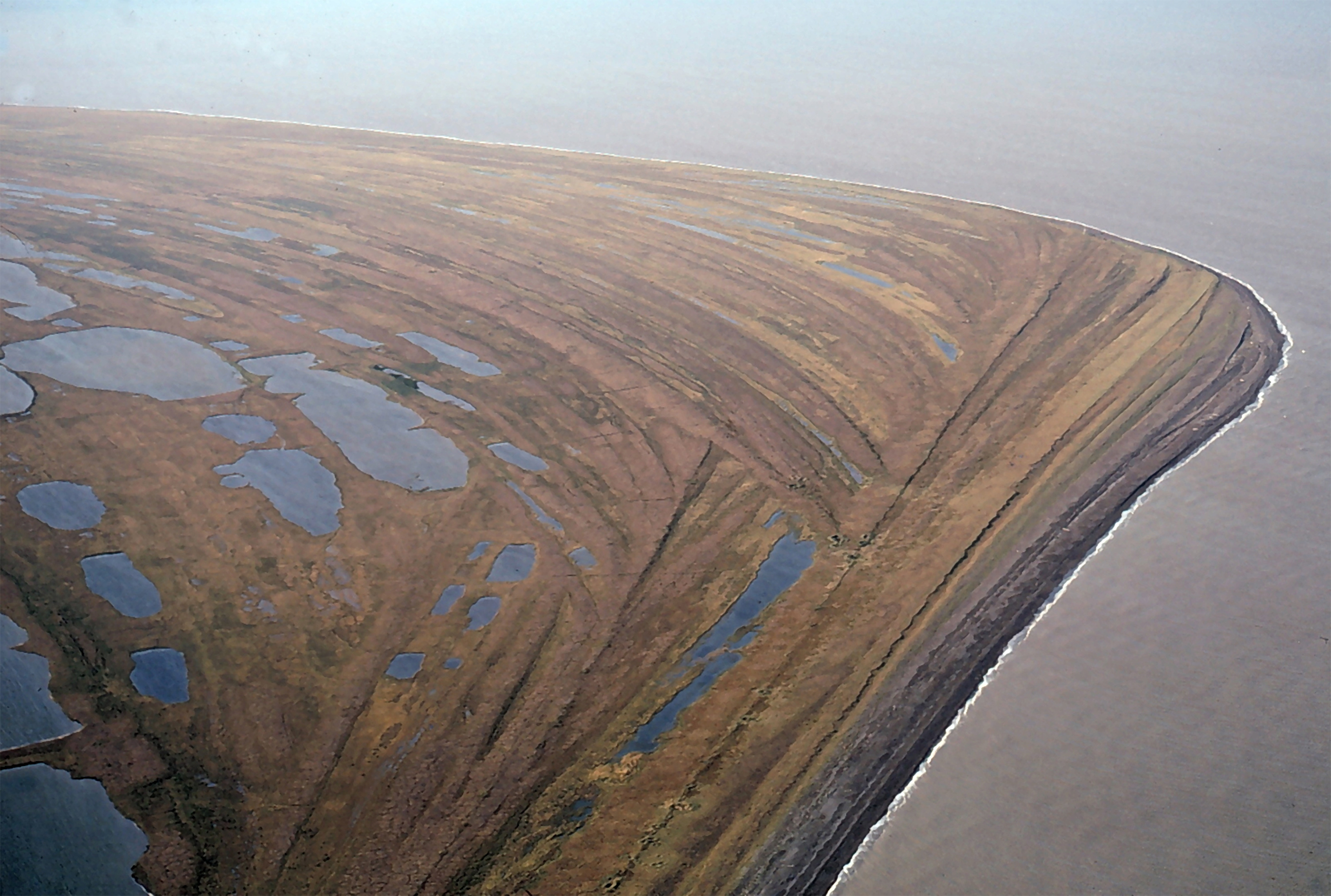
Feltleaf Willow at Western Arctic National ParklandsWillows exist in many forms. The Feltleaf Willow is one of the more popular version of this plant. Like its relatives, this plant has great medicinal properties! 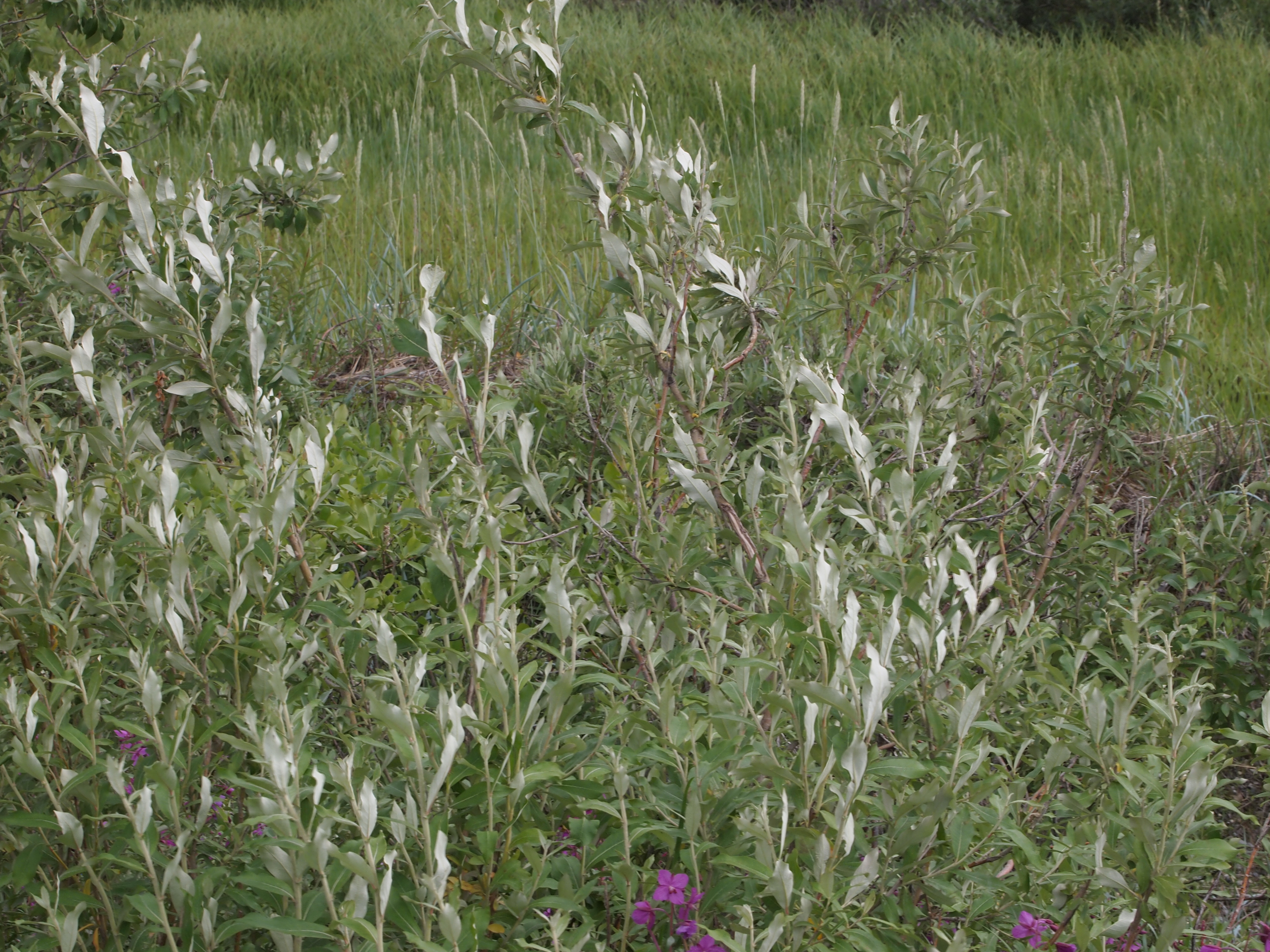
Fireweed Wayside at Western Arctic National ParklandsThe purple/pink flowers of blooming Fireweed is one of the most recognizable sights in Alaska. But what makes this plant so important to medicinal traditions? 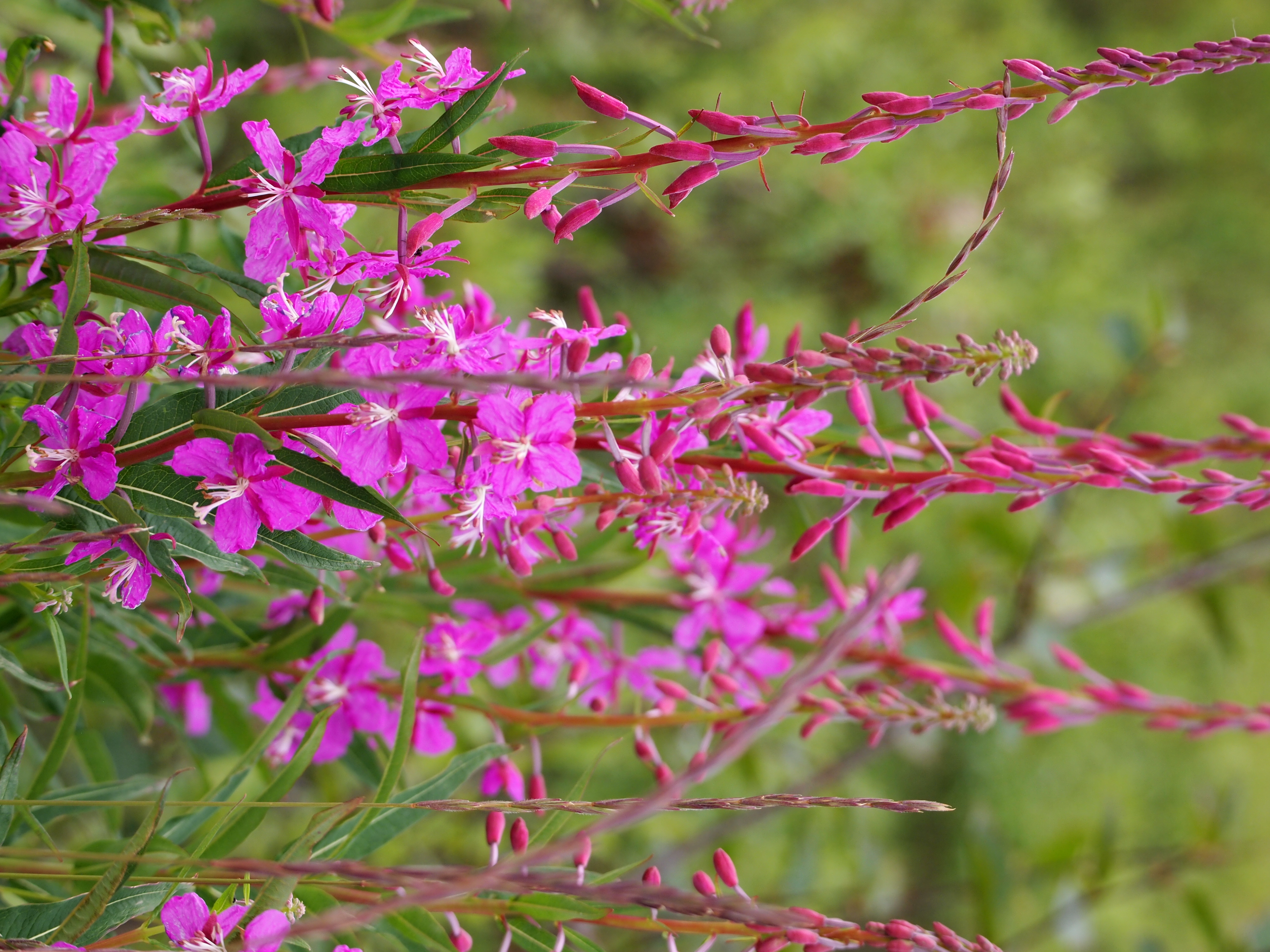
Lingonberry at Western Arctic National ParklandsLingonberries are known by many names, but no matter the name you call it, there's no denying this beautiful plant has beautiful flowers, delicious berries, and powerful medicinal properties. 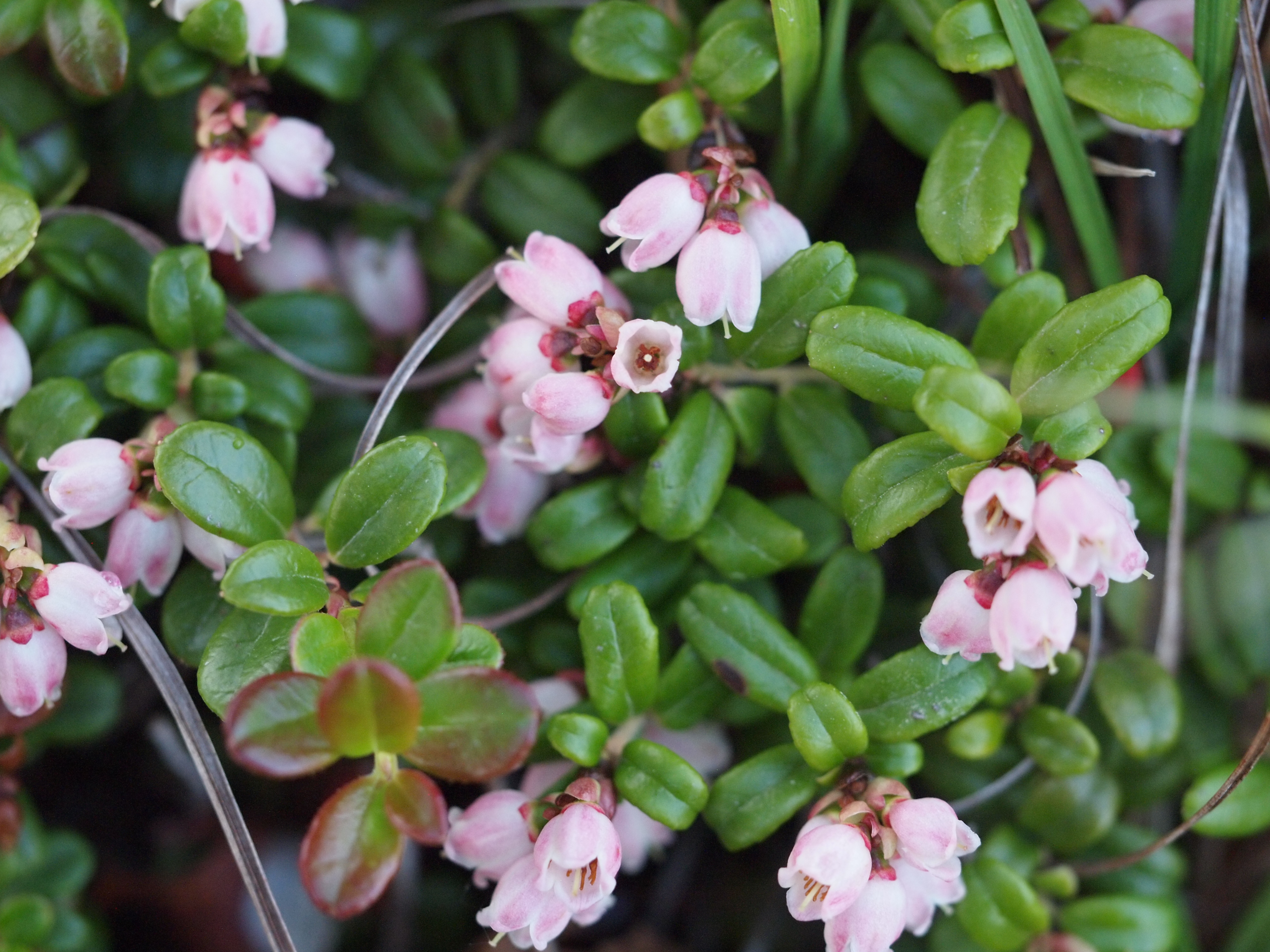
Sealing Point TowerThis spot, named Napaaksaq by the Iñupiaq, was used historically by subsistance hunters. The tower that stands there today is at least the third of its kind in the same spot. 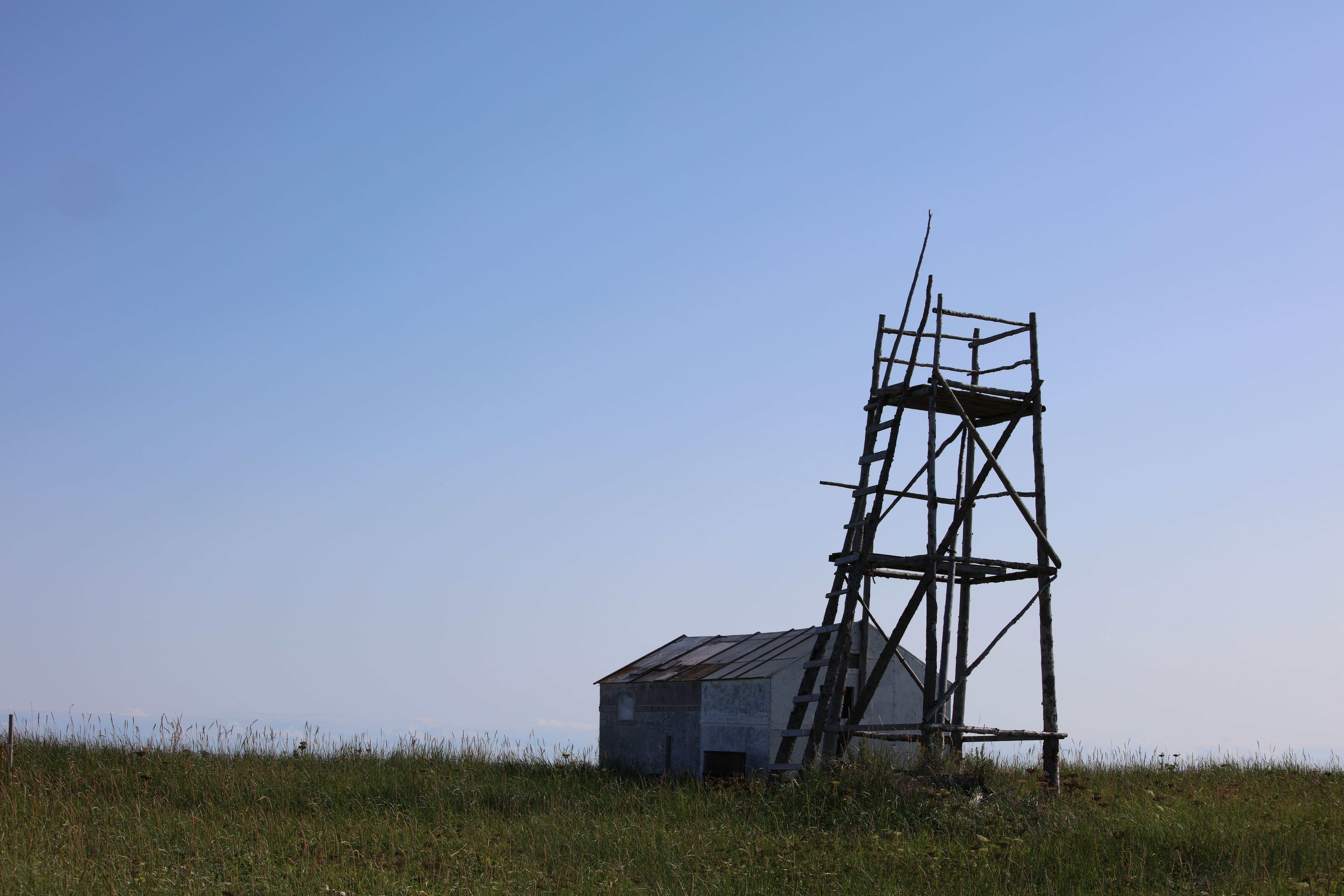
SisualikSisualik is an Alaskan Native settlement that still thrives to this day. 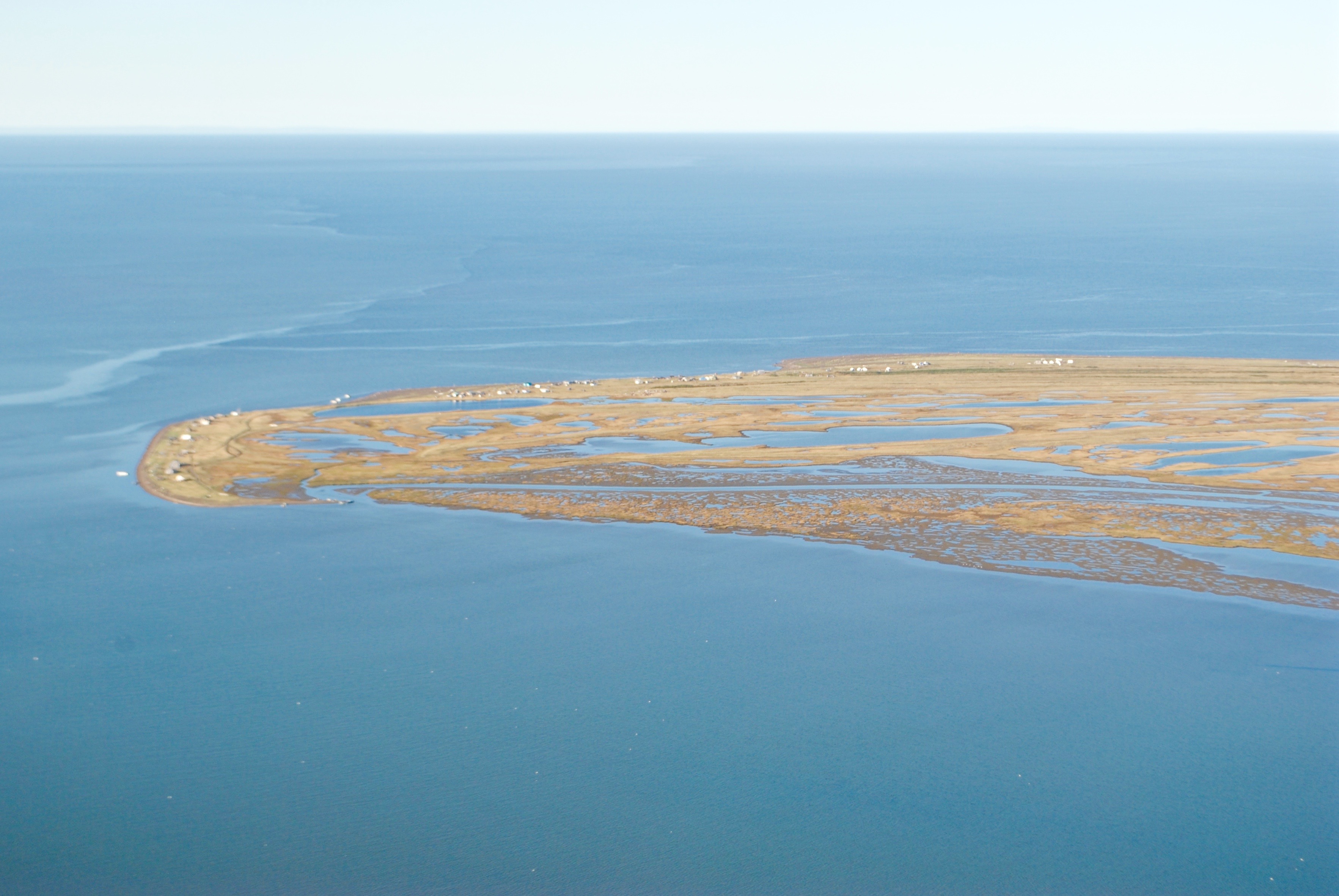
Sourdock at Western Arctic National ParklandsRelated to Rhubarb, Sourdock is a medicinal plant with many uses! 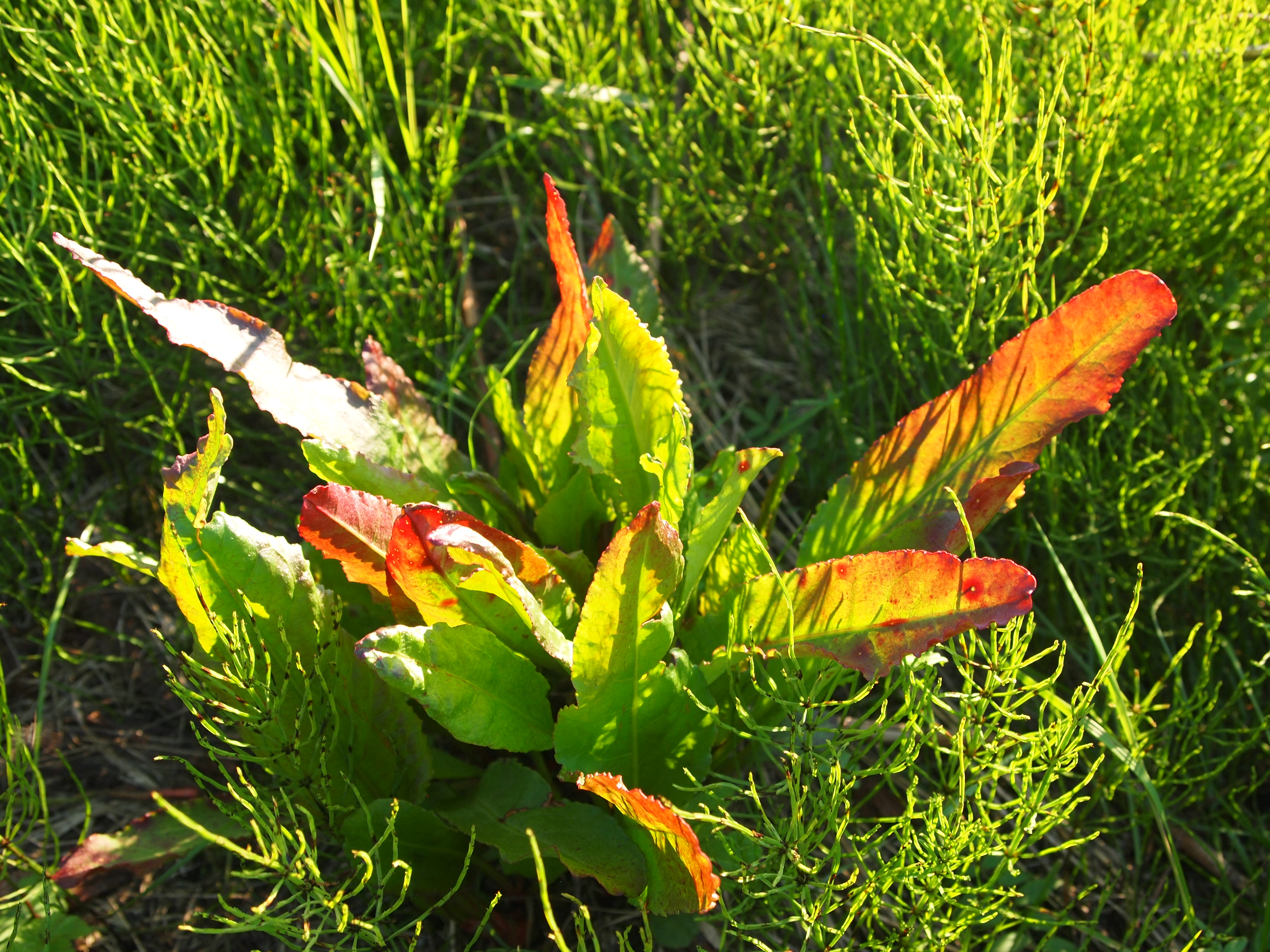
Stinkweed at Western Arctic National ParklandsStinkweed isn't a pleasant name, but this plant is one of the most beloved medicinal plants in the Arctic. The number of uses seems to be endless! 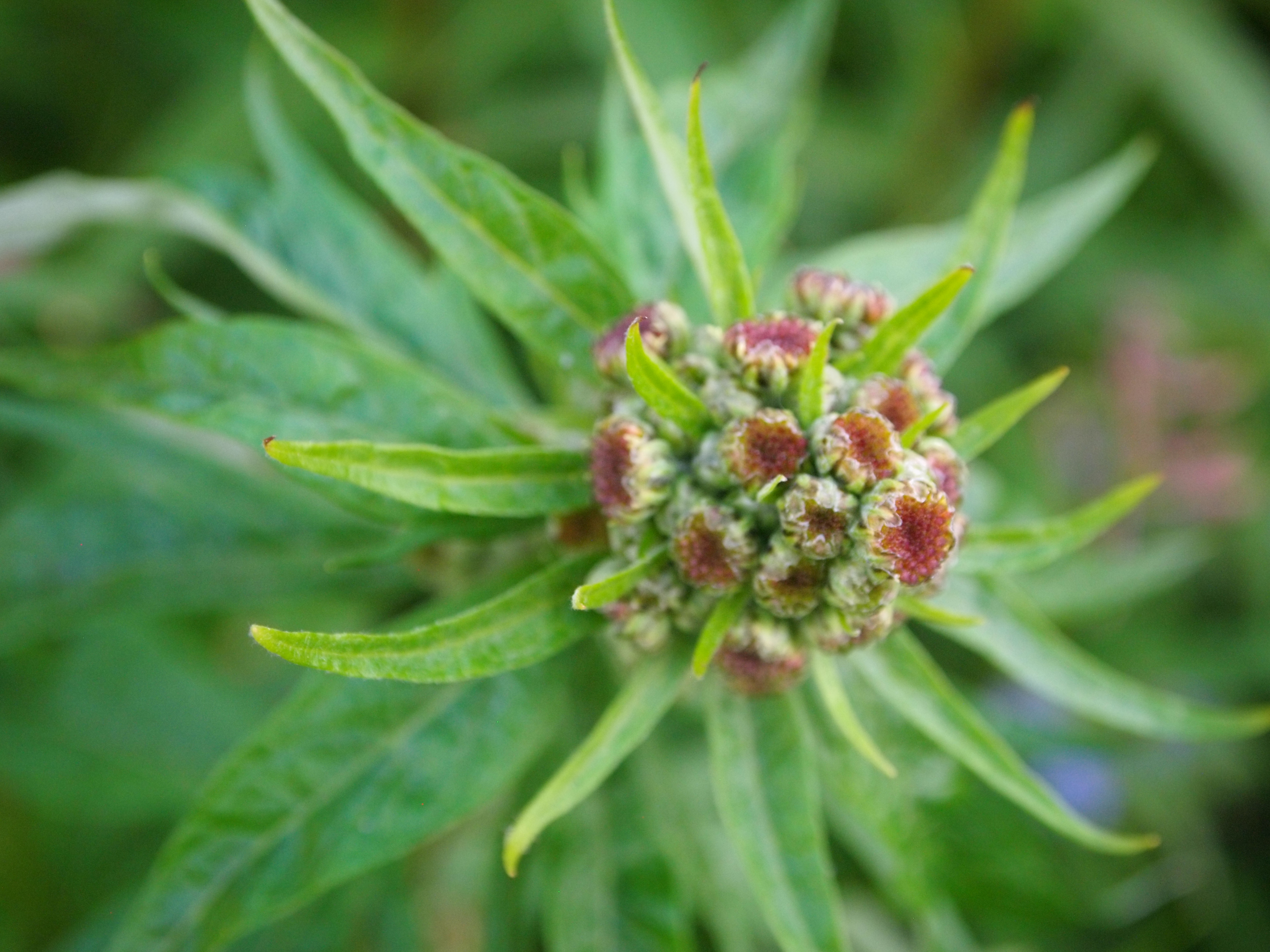
|
| Visitor Centers | Count: 1
Northwest Arctic Heritage Center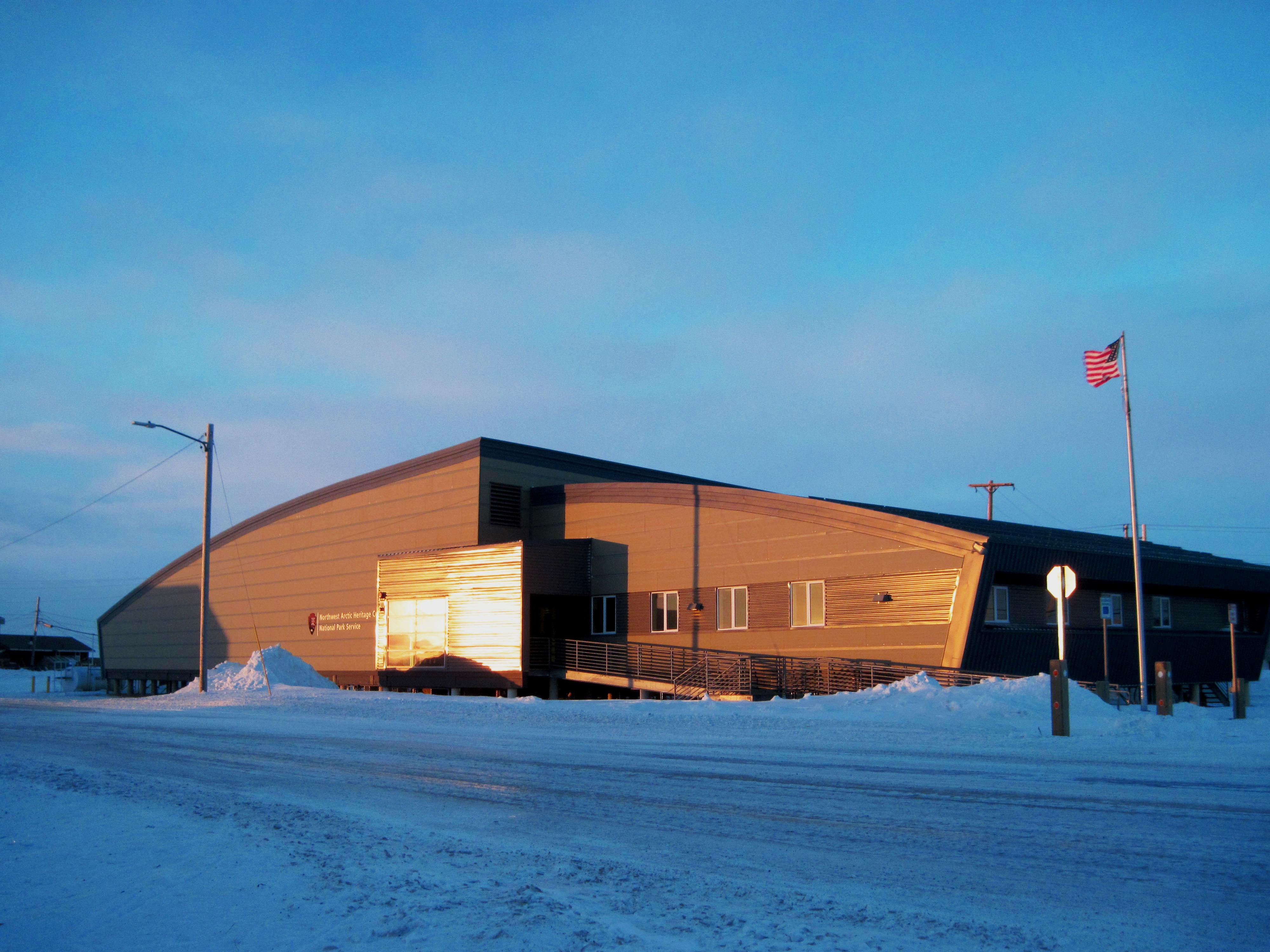
|
| Things to do | Count: 3
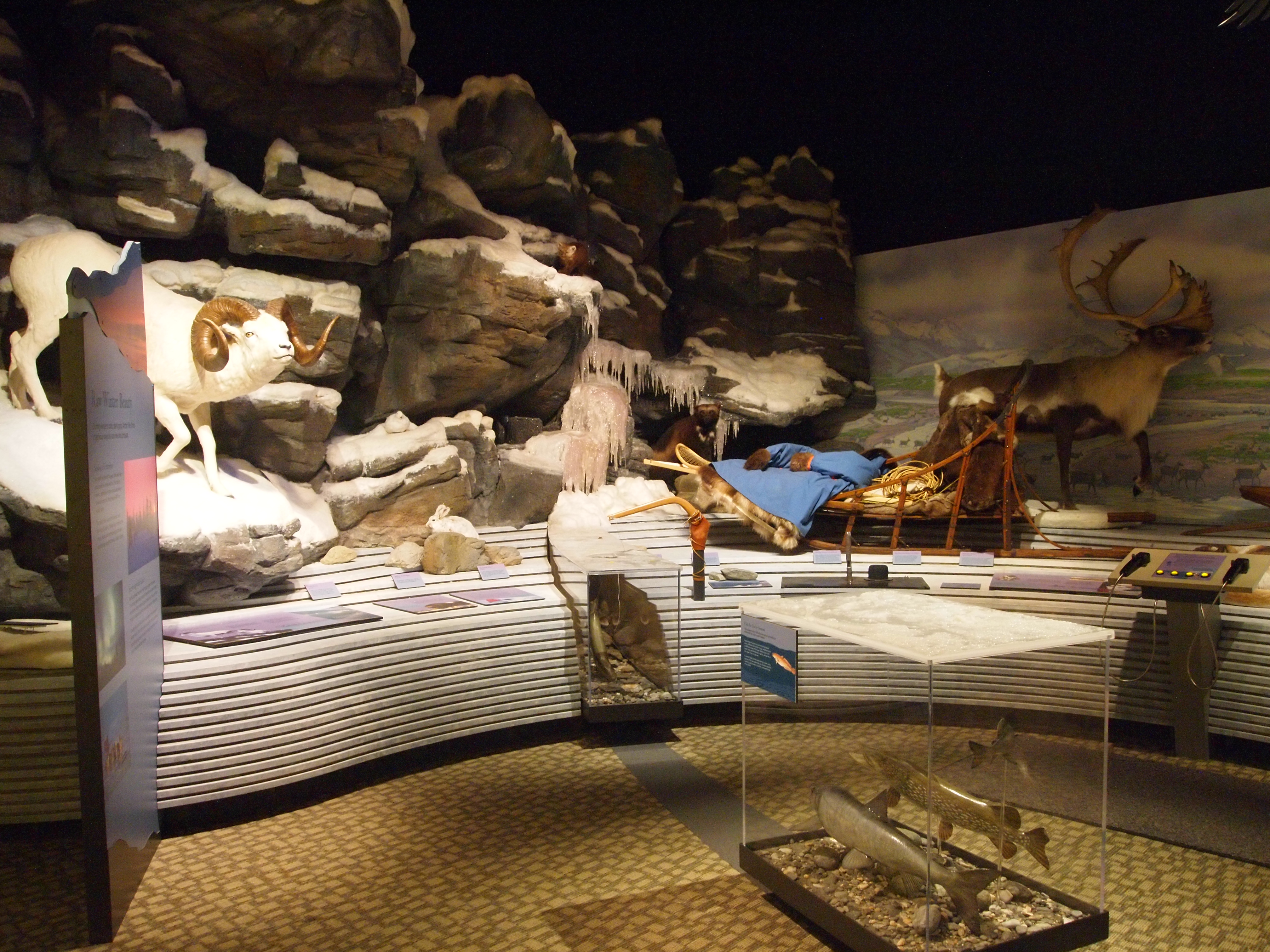
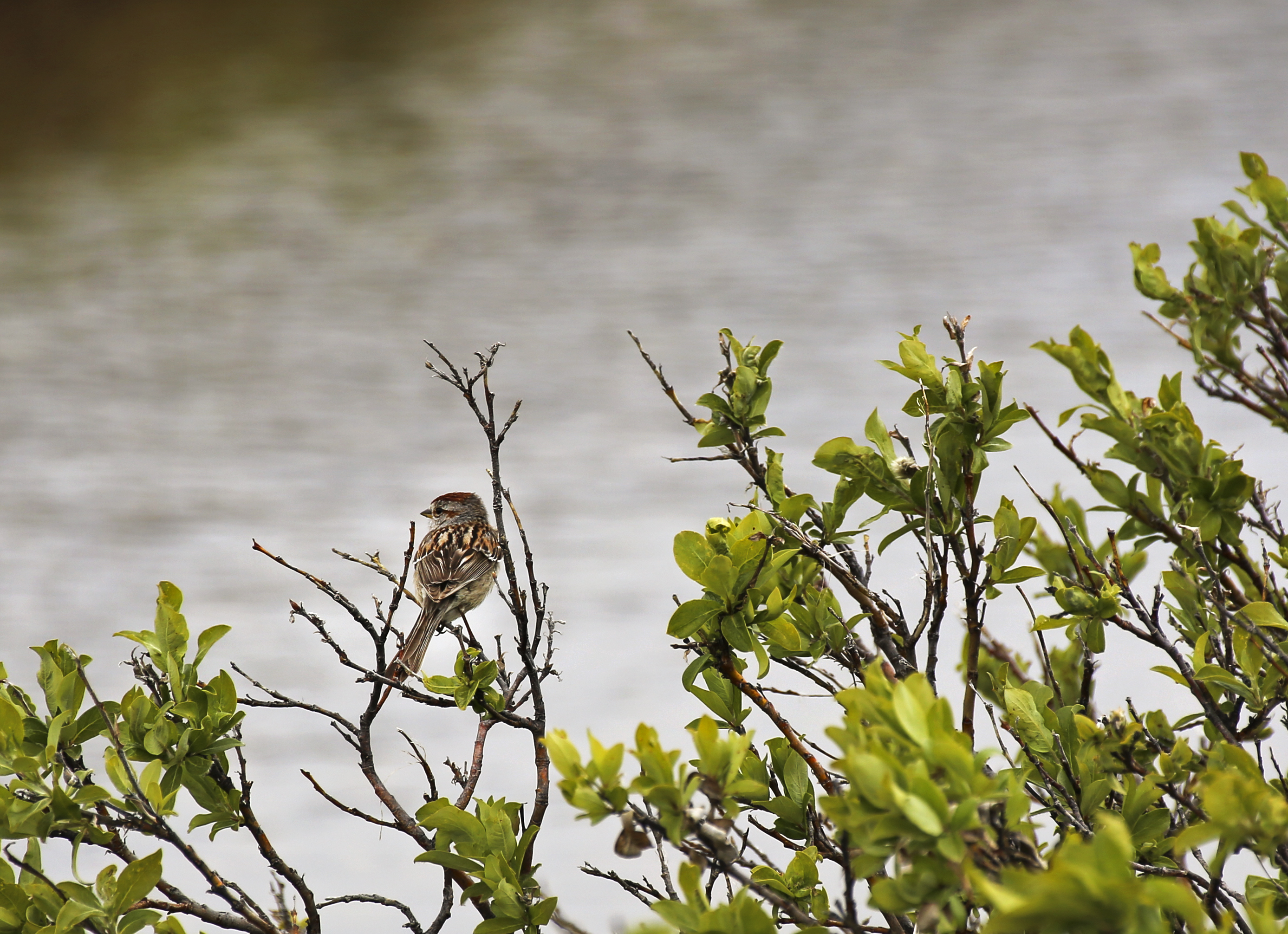
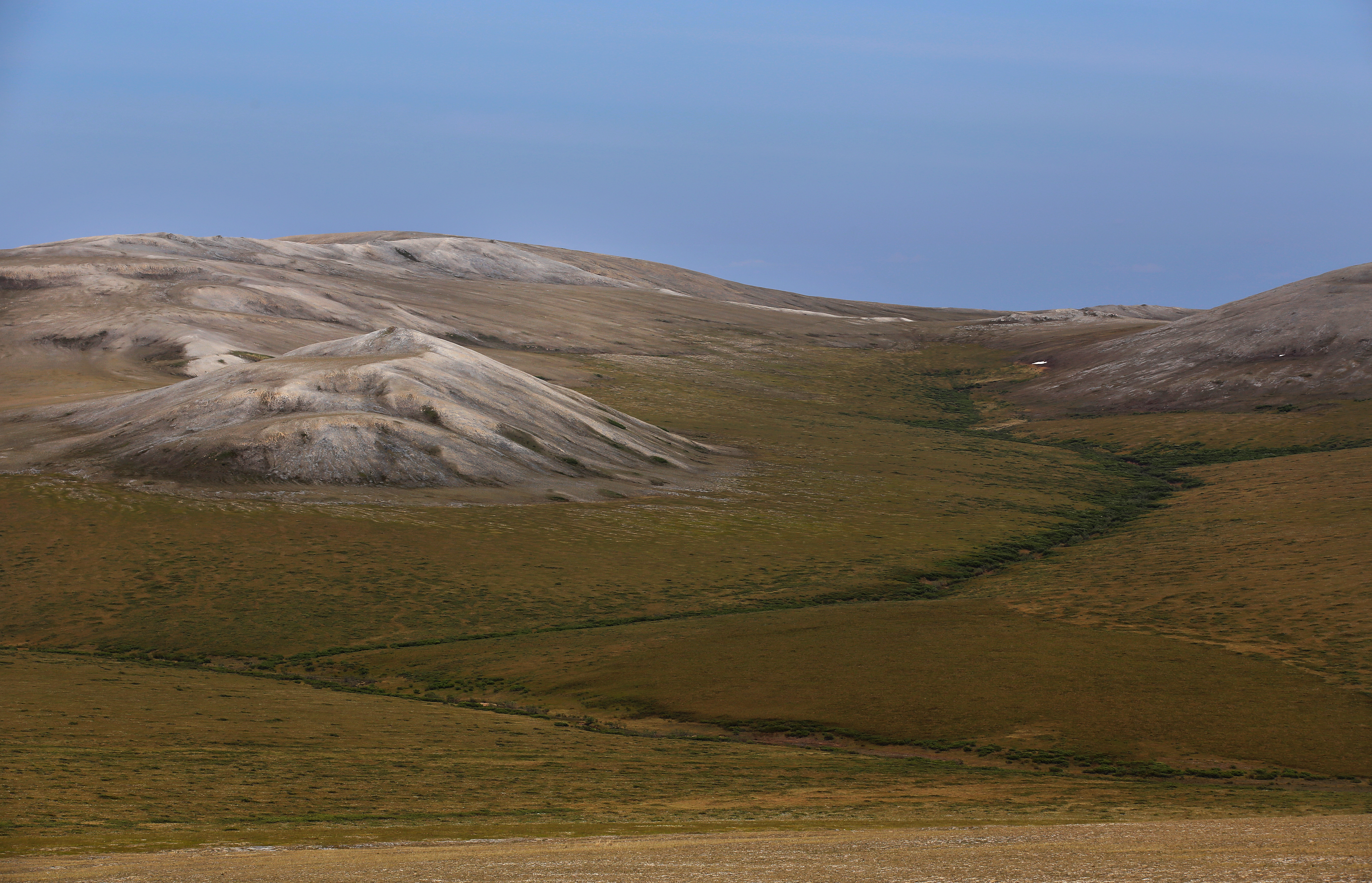
|
| Tours |
Count: 1
Medicinal Garden TourExplore the Northwest Arctic Heritage Center's medicinal garden and learn about local plant life, their medicinal uses, and more! |
| Articles |
|